Mark L. Thompson - The Contest for the Delaware Valley: Allegiance, Identity, and Empire in the Seventeenth Century
Here you can read online Mark L. Thompson - The Contest for the Delaware Valley: Allegiance, Identity, and Empire in the Seventeenth Century full text of the book (entire story) in english for free. Download pdf and epub, get meaning, cover and reviews about this ebook. year: 2013, publisher: LSU Press, genre: History. Description of the work, (preface) as well as reviews are available. Best literature library LitArk.com created for fans of good reading and offers a wide selection of genres:
Romance novel
Science fiction
Adventure
Detective
Science
History
Home and family
Prose
Art
Politics
Computer
Non-fiction
Religion
Business
Children
Humor
Choose a favorite category and find really read worthwhile books. Enjoy immersion in the world of imagination, feel the emotions of the characters or learn something new for yourself, make an fascinating discovery.

- Book:The Contest for the Delaware Valley: Allegiance, Identity, and Empire in the Seventeenth Century
- Author:
- Publisher:LSU Press
- Genre:
- Year:2013
- Rating:5 / 5
- Favourites:Add to favourites
- Your mark:
The Contest for the Delaware Valley: Allegiance, Identity, and Empire in the Seventeenth Century: summary, description and annotation
We offer to read an annotation, description, summary or preface (depends on what the author of the book "The Contest for the Delaware Valley: Allegiance, Identity, and Empire in the Seventeenth Century" wrote himself). If you haven't found the necessary information about the book — write in the comments, we will try to find it.
In the first major examination of the diverse European efforts to colonize the Delaware Valley, Mark L. Thompson offers a bold new interpretation of ethnic and national identities in colonial America. For most of the seventeenth century, the lower Delaware Valley remained a marginal area under no states complete control. English, Dutch, and Swedish colonizers all staked claims to the territory, but none could exclude their rivals for long -- in part because Native Americans in the region encouraged the competition. Officials and settlers alike struggled to determine which European nation would possess the territory and what liberties settlers would keep after their own colonies had surrendered.
The resulting struggle for power resonated on both sides of the Atlantic Ocean. While the rivalry promoted patriots who trumpeted loyalties to their sovereigns and nations, it also rewarded cosmopolitans who struck deals across imperial, colonial, and ethnic boundaries. Just as often it produced men -- such as Henry Hudson, Willem Usselincx, Peter Minuit, and William Penn -- who did both.
Ultimately, The Contest for the Delaware Valley shows how colonists, officials, and Native Americans acted and reacted in inventive, surprising ways. Thompson demonstrates that even as colonial spokesmen debated claims and asserted fixed national identities, their allegiances -- along with the settlers -- often shifted and changed. Yet colonial competition imposed limits on this fluidity, forcing officials and settlers to choose a side. Offering their allegiances in return for security and freedom, colonial subjects turned loyalty into liberty. Their stories reveal what it meant to belong to a nation in the early modern Atlantic world.
Mark L. Thompson: author's other books
Who wrote The Contest for the Delaware Valley: Allegiance, Identity, and Empire in the Seventeenth Century? Find out the surname, the name of the author of the book and a list of all author's works by series.

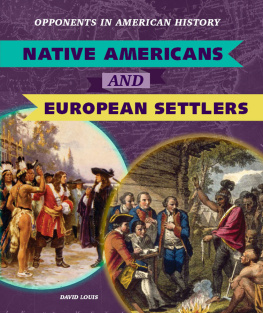
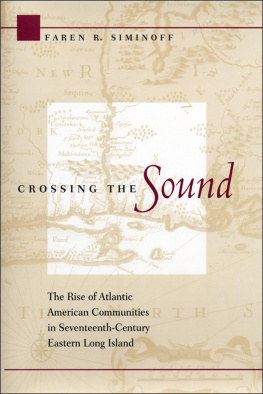

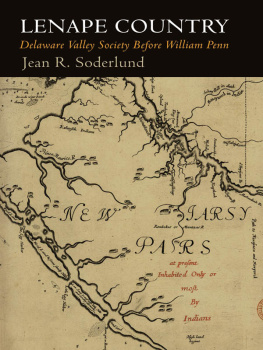
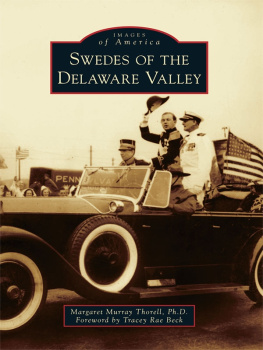
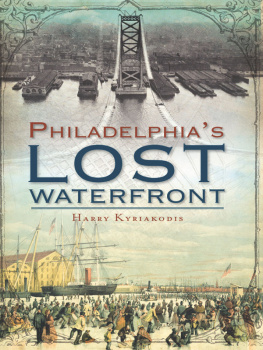
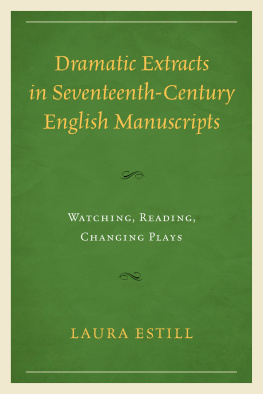


 BATON ROUGE
BATON ROUGE